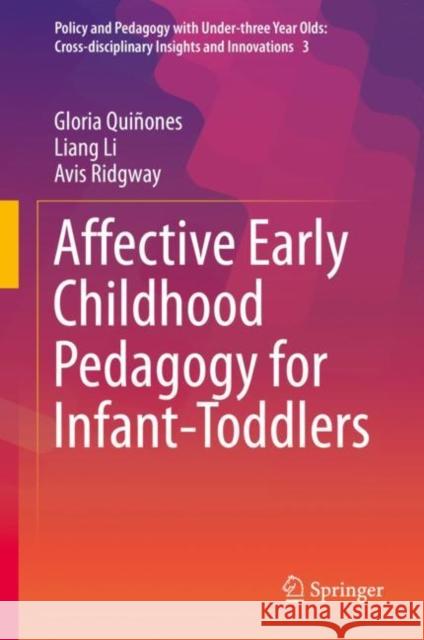Affective Early Childhood Pedagogy for Infant-Toddlers » książka
topmenu
Affective Early Childhood Pedagogy for Infant-Toddlers
ISBN-13: 9783030735265 / Angielski / Twarda / 2021 / 146 str.
Affective Early Childhood Pedagogy for Infant-Toddlers
ISBN-13: 9783030735265 / Angielski / Twarda / 2021 / 146 str.
cena 564,88 zł
(netto: 537,98 VAT: 5%)
Najniższa cena z 30 dni: 539,74 zł
(netto: 537,98 VAT: 5%)
Najniższa cena z 30 dni: 539,74 zł
Termin realizacji zamówienia:
ok. 22 dni roboczych
Bez gwarancji dostawy przed świętami
ok. 22 dni roboczych
Bez gwarancji dostawy przed świętami
Darmowa dostawa!
Kategorie:
Kategorie BISAC:
Wydawca:
Springer
Seria wydawnicza:
Język:
Angielski
ISBN-13:
9783030735265
Rok wydania:
2021
Wydanie:
2021
Numer serii:
000801365
Ilość stron:
146
Waga:
0.41 kg
Wymiary:
23.88 x 19.56 x 1.27
Oprawa:
Twarda
Wolumenów:
01











